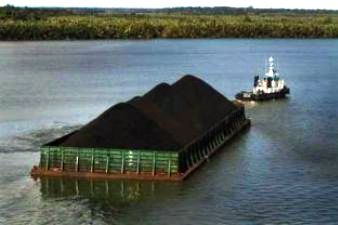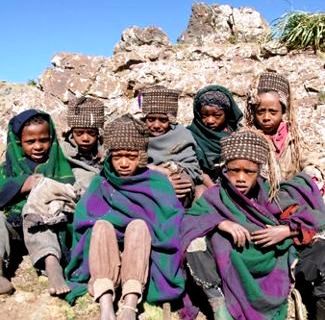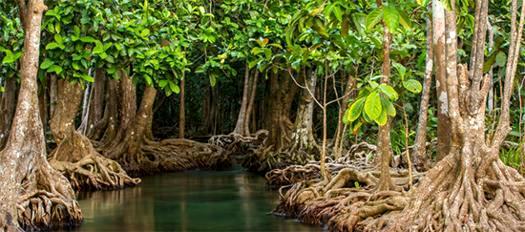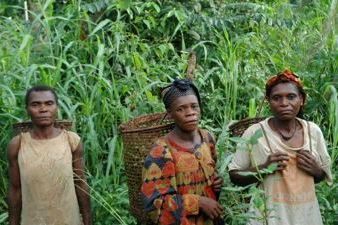 Conservation organisation WWF and fashion company H&M have entered into a three year global partnership. Side by side, a new H&M water strategy has been formed which is a game changer in the fashion industry, as it takes the whole supply chain into account and goes far beyond the factory lines.
Conservation organisation WWF and fashion company H&M have entered into a three year global partnership. Side by side, a new H&M water strategy has been formed which is a game changer in the fashion industry, as it takes the whole supply chain into account and goes far beyond the factory lines.
“This partnership marks an evolution in the corporate approach to water. H&M understands that its long-term success depends on access to adequate water supplies. It also understands that its social license to operate depends on being a good neighbour and good steward of shared resources. H&M’s water strategy is an integral part of its business plan. We hope other companies will be inspired to take the same approach,” says Jim Leape, Director General of WWF International.
During 2012, WWF and H&M performed a comprehensive evaluation of all H&M’s efforts and challenges in connection with water which formed the basis of the new H&M water strategy. Starting in 2013, WWF and H&M will implement this together, and according to WWF no other fashion company has such a comprehensive global water strategy.
Starting already at the drawing board, H&M designers and buyers will receive additional training in the water impacts of raw material production as well as wet processes for different styles, to promote more sustainable choices. WWF and H&M will work in collaboration with public policy makers, NGOs, water institutions and other companies to support better management of particular river basins in China and Bangladesh.
“Water is a key resource for H&M and we are committed to ensure that water is used responsibly throughout our value chain. We do this to minimize risks in our operations, to protect the environment and to secure the availability of water. We are proud of the partnership with WWF which we hope will inspire others to follow,” says Karl-Johan Persson, CEO of H&M.
H&M will also improve its internal water efficiency, minimise its suppliers’ impact on water, train all staff in water issues and inspire customers to use water responsibly. In addition, H&M will support the WWF conservation projects on water in the Yangtze river basin in China.
Currently, 2.7 billion people – roughly 40 per cent of the world’s population – live in river basins that experience severe water scarcity during at least one month of the year, according to WWF’s 2012 Living Planet Report. About a third of the units which perform wet processes for H&M are located in areas which are now, or will be by 2025, considered extreme water scarce. This partnership builds on 10 years of H&M’s work to reduce negative water impacts in different parts of the value chain.
H&M Supplier Participation
The strategy will be implemented across all of H&M’s 48 national markets, with the aim of reaching all 750 direct suppliers and many fabric manufacturers with information about the new water strategy. H&M will initially work on engagement on water management with 190 suppliers manufacturing the majority of its products. River basin stakeholder engagement will be focused on the Yangtze in China and Brahmaputra in Bangladesh.
Staff Involved
Approximately 1,000 H&M staff in buying offices, production and sales will be directly involved in implementing the strategy. All 94,000 H&M employees will learn about water issues.
WWF’s innovative model of water stewardship encompasses all aspects of a business’ approach to water, and moves beyond the ‘factory gate’ to address impacts in relevant river basins. H&M and WWF have worked together to understand how H&M can move towards best practice in all these aspects. This is the first time a fashion company has applied such a comprehensive model across their whole business, and therefore, WWF believes that H&M is now leading in their sector.
Source: H&M.



















